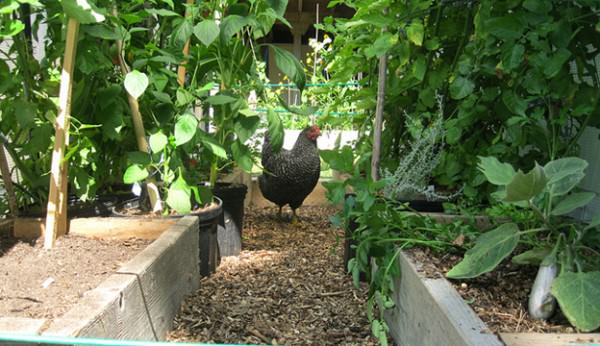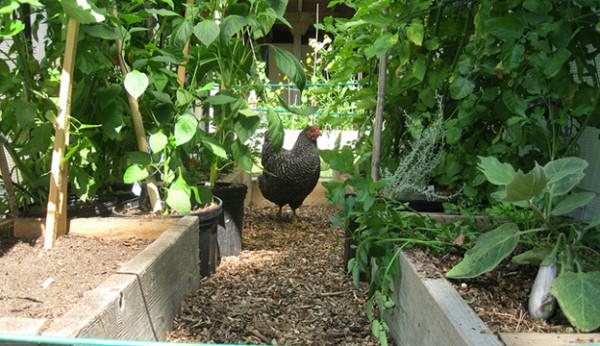
Root Cellar Organization: Maximize Your Harvest's Shelf Life for a Sustainable Homestead
For those of us embracing the homesteading lifestyle, the transition from bountiful summer gardens to cozy winter evenings is a welcome change. But what happens to all that wonderful produce? The key to enjoying your garden's fruits (and vegetables!) all year round lies in proper preservation techniques, and one of the most time-honored methods is the root cellar. This isn't your grandmother's dusty basement; with some careful planning and organization, your root cellar can become a powerhouse of sustainable food storage. Let’s explore how to optimize your root cellar for maximum harvest preservation, reduce food waste, and embrace a slower, more connected way of living.

Understanding the Root Cellar Environment
Before diving into organization, it's crucial to understand the ideal environment for preserving different types of produce. A root cellar works by maintaining cool temperatures and high humidity, which significantly slows down the ripening and spoilage process.
- Temperature: The optimal temperature range is generally between 32°F and 40°F (0°C to 4°C).
- Humidity: High humidity, around 80-95%, is essential to prevent vegetables from drying out.
Not all vegetables thrive under the same conditions. Some prefer cooler temperatures and higher humidity, while others do better with slightly warmer and drier conditions. Understanding these nuances is key to successful root cellar storage.
Preparing Your Produce for Storage
Proper preparation is just as important as the storage environment. Follow these steps to ensure your produce is ready for its long winter nap:
- Harvest at Peak Maturity: Choose only undamaged, unblemished produce that is fully mature. Avoid anything with bruises, cuts, or signs of disease.
- Handle with Care: Treat your produce gently to avoid bruising, which can accelerate spoilage.
- Cure Properly: Some vegetables, like onions, garlic, and potatoes, require curing before being stored. Curing involves drying the outer layers, which helps prevent rot. For potatoes, cure them in a dark, well-ventilated place for 1-2 weeks. Onions and garlic need about 2-4 weeks to cure properly.
- Clean Gently: Remove excess dirt, but avoid washing your produce unless absolutely necessary. Washing can introduce moisture and promote mold growth. If you must wash, make sure the produce is thoroughly dry before storing.
Optimizing Your Root Cellar Organization
Now that you understand the basics of root cellar environments and produce preparation, let's get organized!
1. Assess and Clean Your Space
Before you begin, take a good look at your root cellar. Is it clean, dry, and well-ventilated? Sweep out any debris, remove any spoiled produce from previous seasons, and check for signs of pests or mold. Address any issues before you start storing your harvest. Proper ventilation is key to preventing moisture buildup and mold growth.

2. Zone Your Root Cellar
Create different zones within your root cellar based on temperature and humidity requirements.
- Cool and Humid Zone: Ideal for root vegetables like carrots, potatoes, beets, turnips, and parsnips.
- Cool and Less Humid Zone: Suitable for onions, garlic, and apples.
- Warmer and Drier Zone: Use this area for squashes and pumpkins, which prefer slightly warmer temperatures.
3. Utilize Proper Storage Containers
The right storage containers can make a huge difference in preserving your produce.
- Wooden Crates: Ideal for storing root vegetables like potatoes, carrots, and beets. Ensure they are well-ventilated.
- Baskets: Suitable for onions, garlic, and apples, allowing for good air circulation.
- Plastic Bins: Can be used for various vegetables, but make sure they have drainage holes to prevent moisture buildup.
- Sand or Sawdust: Layering root vegetables in sand or sawdust helps maintain humidity and prevent them from drying out. Pack the vegetables so they aren't touching each other to avoid rot spreading.
- Hanging: Hang onions and garlic in braids or mesh bags to promote air circulation and prevent spoilage.
4. Vertical Storage
Maximize your root cellar space by utilizing vertical storage. Shelves, racks, and hanging systems can help you organize your produce efficiently.
- Shelving Units: Install sturdy shelving units to store crates and bins of vegetables.
- Hanging Racks: Use hanging racks to store onions, garlic, and dried herbs.
5. First In, First Out (FIFO)
Implement a FIFO system to ensure you use the oldest produce first. Label your containers with the date of storage, and rotate your stock regularly. This will help prevent spoilage and maximize the shelf life of your harvest.

6. Monitor Temperature and Humidity
Regularly monitor the temperature and humidity levels in your root cellar. Use a thermometer and hygrometer to track these conditions. Adjust ventilation as needed to maintain the optimal environment. Open windows or vents on cool, dry days to reduce humidity. Close them when the weather is warm or humid. You can also use a humidifier or dehumidifier to fine-tune the humidity levels.
7. Regular Inspections
Make it a habit to inspect your produce regularly. Remove any spoiled vegetables immediately to prevent the spread of rot. Check for signs of pests or disease, and address any issues promptly. This proactive approach will help you maintain a healthy and productive root cellar.
The Sustainable Benefits of Root Cellaring
Root cellaring is not just about preserving food; it's about embracing a sustainable and self-sufficient lifestyle. By storing your harvest in a root cellar, you reduce your reliance on commercially produced food, minimize food waste, and decrease your carbon footprint. You're also connecting with the rhythms of nature and embracing a slower, more intentional way of living.

Slow Living and the Root Cellar
The root cellar is a symbol of slow living, a tangible link to past generations who relied on simple, sustainable methods to provide for their families. Taking the time to organize and maintain your root cellar is an act of mindfulness, a way to connect with the earth and appreciate the bounty of your garden. It’s a reminder that true nourishment comes not just from the food we eat, but from the connection we have to the land and the traditions that sustain us.
Embrace the Homesteading Lifestyle
Organizing your root cellar is an investment in your health, your community, and the planet. It's a way to embrace the homesteading lifestyle, reduce your environmental impact, and enjoy the delicious flavors of your garden all year round. So, roll up your sleeves, get your hands dirty, and start building a more sustainable future, one root vegetable at a time.
Now it's your turn! Share your root cellar organization tips and experiences in the comments below. What are your favorite vegetables to store, and what techniques have you found most effective? Let's learn from each other and build a thriving community of sustainable homesteaders!